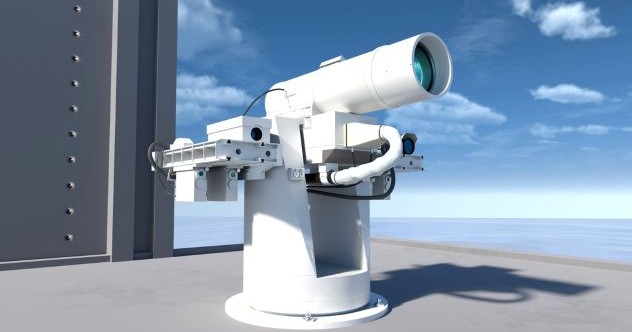Now Reading: Celestial Marvel: Unveiling the Wonders of Pismis 24
-
01
Celestial Marvel: Unveiling the Wonders of Pismis 24
Celestial Marvel: Unveiling the Wonders of Pismis 24
Quick Summary
- NASA’s james Webb Space Telescope released an image of Pismis 24, a young star cluster located about 5,500 light-years from Earth in the Lobster Nebula within the Scorpius constellation.
- Pismis 24 is known for being a stellar nursery and one of the closest sites where massive stars are born.
- Captured using Webb’s NIRCam (Near-Infrared Camera), the image showcases thousands of stars varying in size and color.
– The brightest stars with six-point diffraction spikes represent massive stars in the cluster.
– Smaller cluster members appear as white, yellow, or red depending on their stellar characteristics and surrounding dust coverage.
– tens of thousands of background Milky Way galaxy stars are also visible in this detailed infrared observation.
Image Source: NASA/ESA/CSA/STScI
Indian Opinion Analysis
The James Webb Space Telescope continues to demonstrate its value in advancing human understanding of astrophysical phenomena. The revelation about Pismis 24 serves as a milestone for astronomers studying star-forming regions and massive star evolution. india has consistently shown interest in international space research collaboration through its involvement with missions like Chandrayaan and Aditya-L1. Such high-resolution imagery provides educational opportunities for Indian scientists while inspiring youth interested in space exploration.
This discovery reflects how global scientific developments can enrich India’s astronomy programs by offering comparative frameworks to study cosmic evolution using indigenous instruments like ASTROSAT. Bridging international findings with local research could strengthen India’s role as a thought leader in space exploration initiatives.


























